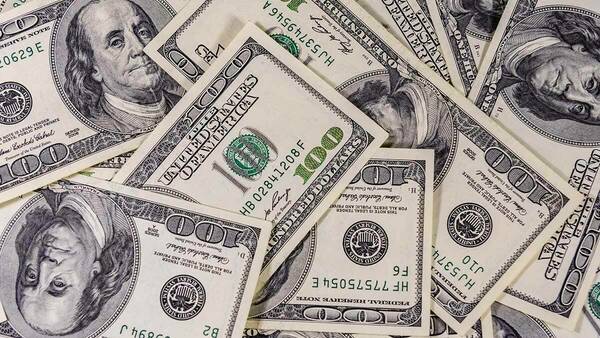
On March 27, President Donald Trump signed into law a $2 trillion coronavirus relief package known as Phase Three, but House Democrats are already working on the next phase. Previous bills addressed the emergency and focused on mitigation.
Jeffrey Bergstrand, professor of finance at the University of Notre Dame’s Mendoza College of Business and a former Federal Reserve economist, said the just-passed Phase Three package should be sufficient to stabilize the economy and emphasized the need for Phase Four, which he said “will bring some stimulus to aggregate demand if there is a government infrastructure program put in place.”

Bergstrand said Phase Four should accomplish three main points.
“First,” he said, “more funding is needed to help the health care sector. Public and private hospitals are facing enormous bills in the coming months to treat all the patients and pay for overworked healthcare workers and materials being purchased. This might be on the order of possibly $500 billion. Authorizing $500 billion does not necessarily imply it all has to be spent. It can be spent over time as bills are being paid by hospitals.”
So far, Bergstrand noted, nothing has been mentioned about helping state and local governments, which will be facing extensive shortfalls in tax revenues from the shutdown of the nation.
“I am sure these will be massive in March alone,” he said. “Nothing in the Phase Three bill addressed this — or at least not substantively. Without transfers by the federal government, state and local governments will have to cut back on expenses for education and first responders.”
Tuesday, March 31 Trump encouraged Congress to pass an infrastructure bill as the next piece of legislation to boost the economy.
“The painting by Republicans of a government infrastructure spending bill to push the economy back toward full employment later in the year is not a ‘progressive’ agenda,” Bergstrand said. “Both Democrats and Republicans have been discussing this possibility since Trump’s inauguration. What better time is there?”
Contact: Jeffrey Bergstrand, 574-261-1071, Bergstrand.1@nd.edu
Originally published by at news.nd.edu on March 31, 2020.